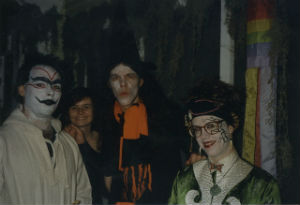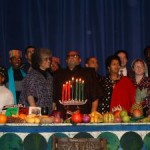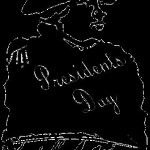Halloween History: Facts and Meaning of Costumes, Jack-o-Lanterns and Trick or Treating
With annual Halloween consumer spending at $7 billion and over 60% of the American population celebrating the holiday, it goes without saying that it is a big holiday, (for more fun Halloween statistics visit Statistic Brain). Packed full of imagery and symbolism, Halloween, has gone through a variety of developments and changes throughout the centuries. Currently, it is a day for dressing up in costumes and eating candy, but, Halloween is actually an ancient tradition that began long before candy corn and the costumes were invented.
How Did Halloween Get Started?
There are several different thoughts about how Halloween was originated, but for the most part, almost everyone agrees that it is a holiday based more on harvesting than on the horror. The most noted fact about Halloween is that the Celts started this annual tradition. According to “legend”the Celts celebrated the New Year on November 1st as a way to mark the end of summer and the beginning of the long, dark and cold winter (go here for more information on the Celtic influence on Halloween). In celebration of the New Year, they staged a harvest festival, which was known as Samhain. Samhain was meant to provide protection for them and their crops against the upcoming winter. The name Halloween actually didn’t come about until during the 800’s, Pope Boniface IV named November 1st All Saints’ Day (All-Hallows Day), which was a day meant to honor those who had died for their Christian beliefs. Shortly thereafter, the night before All-Hallows Day became known as All-Hallows Eve and was eventually shortened to Halloween.
From Trick or Treat to Costumes?
During the All Saint’s Day celebrations in England, families would have a variety of festivities and parades. The poor people in town wanted to take food to the festivities, so they would go door-to-door, begging for food. In exchange for the soul cakes they were given, they would promise to pray for the dead relatives of families who gave them the soul cakes. Over time, this became a tradition in itself and neighborhood children would “go a souling”, which meant visiting homes in the neighborhood and being rewarded with money and/or food.
Centuries ago, it was believed that ghosts would roam the streets on Halloween, so people began wearing masks when they would leave their homes as a way to fool the ghosts into thinking that they were ghosts too. People also placed bowls of food outside their doors to satisfy a ghost and prevent them from entering their house.
The Story Behind the Jack-o-Lantern
There is an old Irish story that says a man by the name of Stingy Jack was not allowed to enter either heaven or hell, because of all the tricks he played on others while he was still alive. According to the story, the devil gave Stingy Jack a hollowed out turnip and a glowing piece of coal, so that he would be able to find his way in the dark. The Irish named the wandering ghost “Jack of the Lantern”, which over time was shortened to Jack-o-Lantern. Irish and Scottish children would recreate the lantern, by using a turnip and a candle, to scare away Stingy Jack and other spirits. The tradition continued for numerous years, until European immigrants arriving in America found that pumpkins would be much better because they were bright orange.
As centuries passed, Halloween has become the second largest commercial holiday in America. The traditions continue, but masks and begging for soul cakes have been combined and today’s tradition is for children to dress up in fun costumes, not to scare ghosts, but to get candy and treats from their neighbors. Jack-o-lanterns are now carved with designs ranging from funny faces to intricate landscapes. But, regardless of how traditions have changed, one thing that continues according to legend is that Stingy Jack continues to roam the earth trying to find his way.







